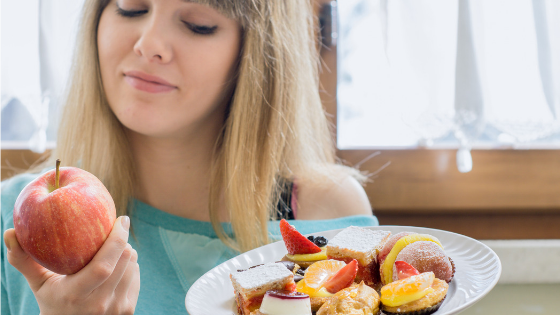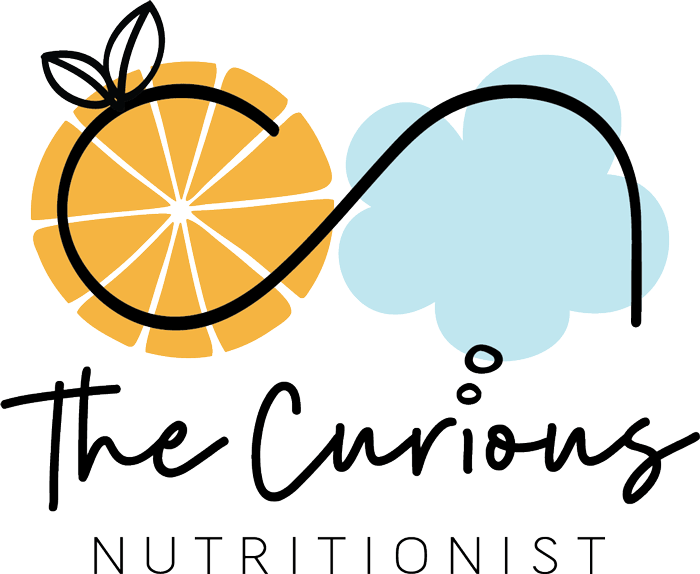The Curious Nutritionist rejects the ‘HEALTHY AND UNHEALTHY FOOD’ narrative.
That’s right and I agree that this may seem a controversial statement but I need to differentiate myself from the crowd and the common concepts taught by some teachers and health professionals too. I’m not your average nutritionist because I’m also a primary teacher. I’m a lover of learning and one of a kind, working hard behind the scenes to counteract value-laden public health messages and to shine a more alternative and curious light on food education. I’m a fringe-dweller who thinks creatively when it comes to learning design and you definitely won’t see me promoting food to children with a one size fits all message.
I have a duty beyond the HEALTHY and UNHEALTHY food message.
The current everyday rhetoric of ‘healthy and unhealthy food’ feeds directly into diet culture and the black and white or good versus bad narrative. It goes down the road of food rules and divided sociocultural messages steeped in values and privilege. Problematic food messages like this focus on an external discourse to override an intuitive experience through decontextualising food as well as children’s natural curiosity.
Sometimes you’ll see this mainstream message, ‘healthy and unhealthy food’, co-opted with terms like everyday and sometimes food, good and bad food and even superfoods and junk foods just to name a few. My duty to children as a nutritionist is to I recognise that health is a lived experience and to communicate health messages that are child-centred and developmentally appropriate. My duty as a teacher is to build learning experiences with a strength-based approach. I also know that it’s possible to have a neutral approach to teaching children about food and to successfully deliver positive food messages at the same time.
I look outside the lunch box.
Our world is complex and so is feeding children. I recognise that feeding development requires building a neural map just like learning to read, write and solve problems in maths. Learning to eat relies on physiological, genetic and social interactions and not just eating ‘everyday’ and ‘sometimes’ foods. I notice the lunch boxes and their contents too, but I also know that each child’s feeding story is unique and learning to eat has milestones just like academic learning. A lunch box can reflect trauma, education, mood, finances, illness or family values.
I feed minds curiously.
I feed the minds of children, parents and teachers through the experiences I provide. My approach to learning about food helps contextualise it and is inclusive of nurturing the meaning of food and food skills. Aligning food education with curiosity naturally builds a healthy relationship with food.
I teach school communities (children, parents and teachers) how to engage with food, not fear food. I reject food labels like ‘healthy’ and ‘unhealthy’ because they’re not effective nor are they making food fun. I promote curiosity because that’s what enhances learning: asking questions and seeking answers. I like to ‘think like a child’ to design learning experiences about food NOT whip out one dimensional worksheets, charts and closed thinking activities with predetermined answers. The food experiences I provide don’t come from the Australian Guide to Healthy Eating and the five food groups, they’re curated from the wisdom and inquiring minds of children.
I, The Curious Nutritionist will always endeavor to be true to feeding the minds of school communities with food curious adventures.


